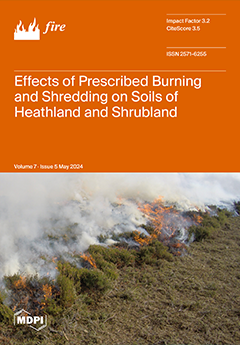This study offers a comprehensive examination, both theoretically and experimentally, of the potential of methanol (M) as a sustainable aviation fuel (SAF) assessed in combination with kerosene (Ke—Jet-A aviation fuel + 5% Aeroshell oil). Different blends of methanol and kerosene (10%, 20%, and
[...] Read more.
This study offers a comprehensive examination, both theoretically and experimentally, of the potential of methanol (M) as a sustainable aviation fuel (SAF) assessed in combination with kerosene (Ke—Jet-A aviation fuel + 5% Aeroshell oil). Different blends of methanol and kerosene (10%, 20%, and 30% vol. of (M) was added to Ke) were tested in an aviation micro turbo-engine under various operating regimes, such as idle, cruise, and maximum. Key engine parameters, including combustion temperature, fuel consumption, and thrust, were closely monitored during these trials. Essential performance indicators such as combustion efficiency, thermal efficiency, and specific consumption for all fuel blends under maximum operating conditions are also presented. Physical and chemical characteristics, such as viscosity, density, calorific value and flash point, were determined for each blend. Moreover, elemental analysis and FTIR spectroscopy were utilized to evaluate the chemical composition of the fuels. This study further investigated the air requirements for stoichiometric combustion and computed the resulting CO
2 and H
2O emissions. Experimental tests were conducted on the Jet Cat P80
® micro turbo-engine, covering assessments of starting procedures, acceleration, deceleration, and pollutant emissions (CO and SO
2) during various engine operating conditions. The results suggest that the examined fuel blends demonstrate stable engine performance at concentrations of 10% and 20% methanol. However, observations indicate that with an increase in methanol concentration, particularly at 30%, the stability of the engine at idle and, notably, at maximum speed decreases significantly. Specifically, at a 30% methanol concentration, the engine no longer operates stably, exhibiting significant rpm fluctuations, leading to the decision not to explore higher concentrations.
Full article





